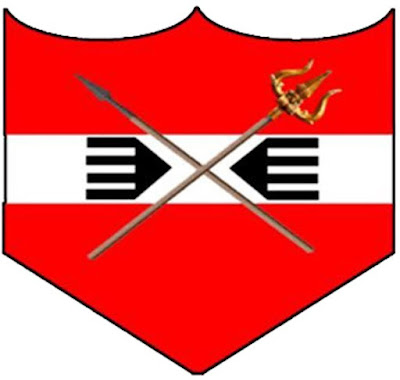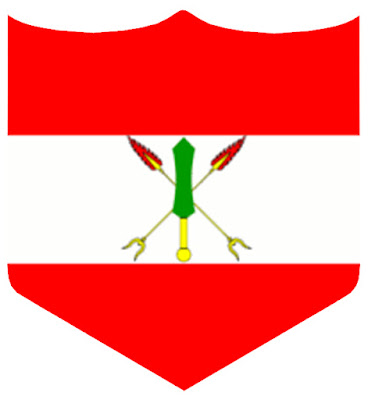INTERNATIONAL CENTER FOR YOGA EDUCATION AND RESEARCH
.png)
I NTERNATIONAL CENTER FOR YOGA EDUCATION AND RESEARCH The circular emblem of International Center For Yoga Education And Research (ICYER) with a yellow circular border and green outlines houses the motifs of a lion with a trident and pair of lotuses on its tail, ensconced by the letter ‘ஓம்’ in orange. The border is inscribed with its name and place. The lion refers to power, strength, courage and sovereignty; the trident denotes creation, preservation and destruction; the twin lotuses denote purity, enlightenment, rebirth, transformation, personal growth, resilience, overcoming obstacles and divine beauty and the letter ஓம் or Ohm is a symbol representing a sacred sound, syllable, mantra and an invocation.
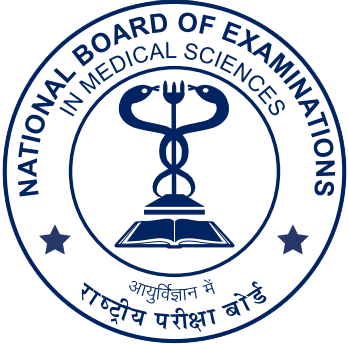


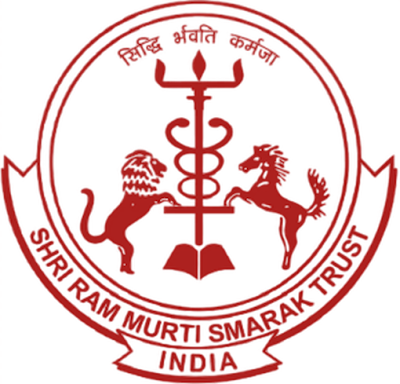
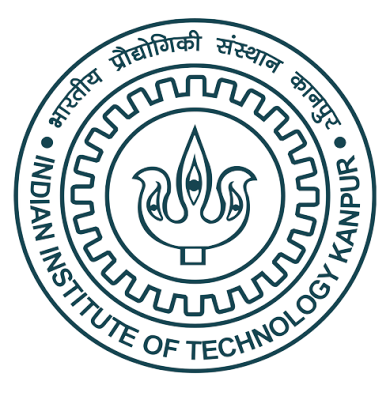
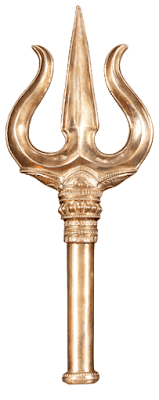
.jpg)
